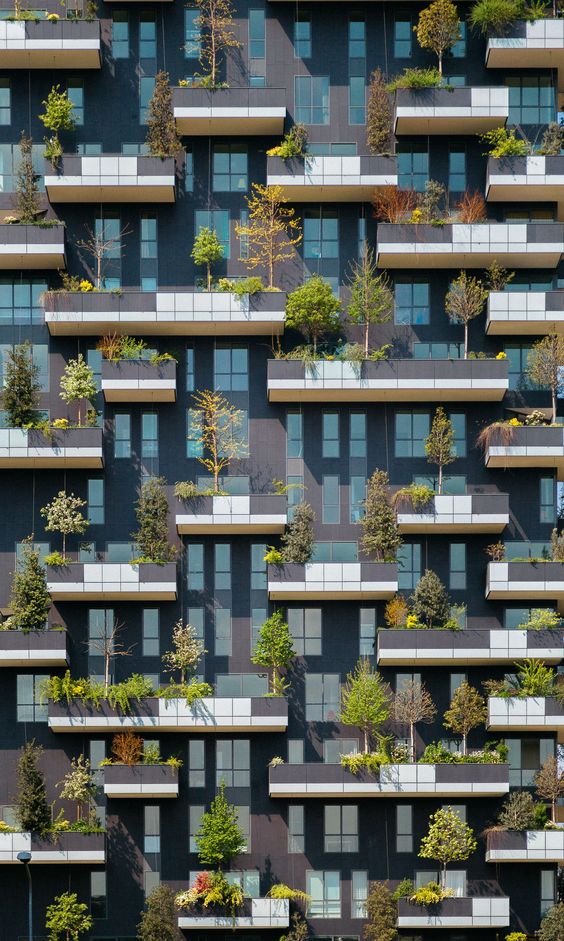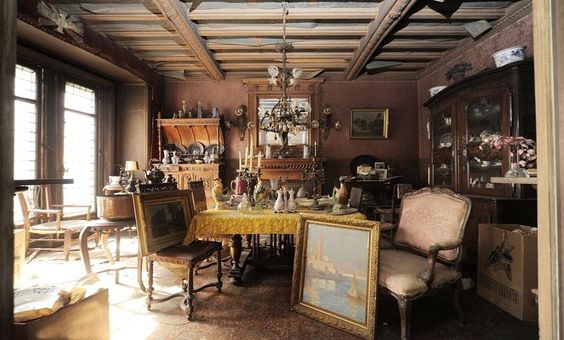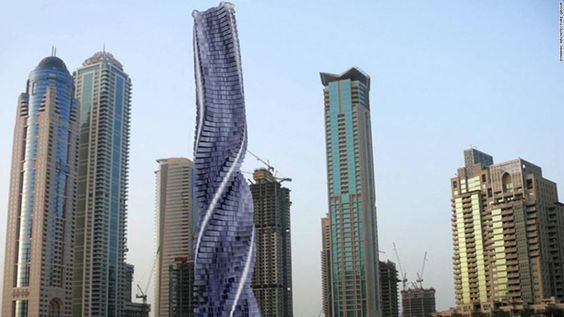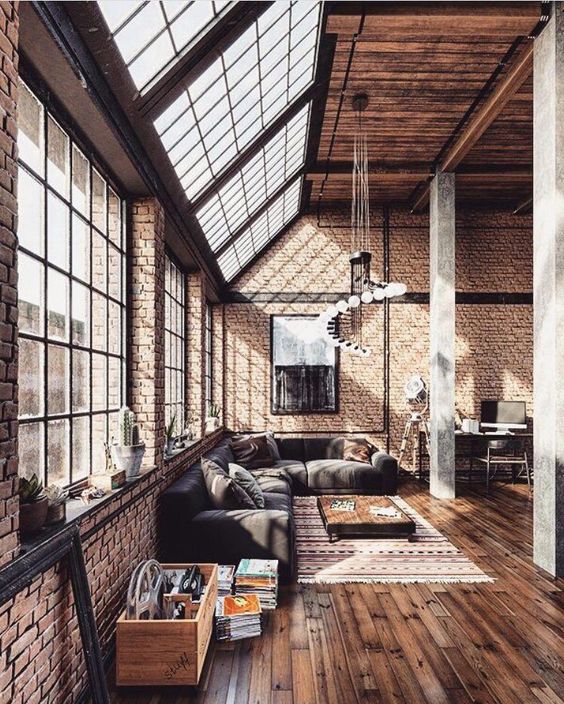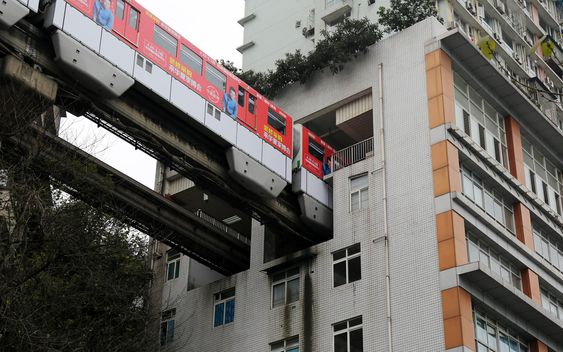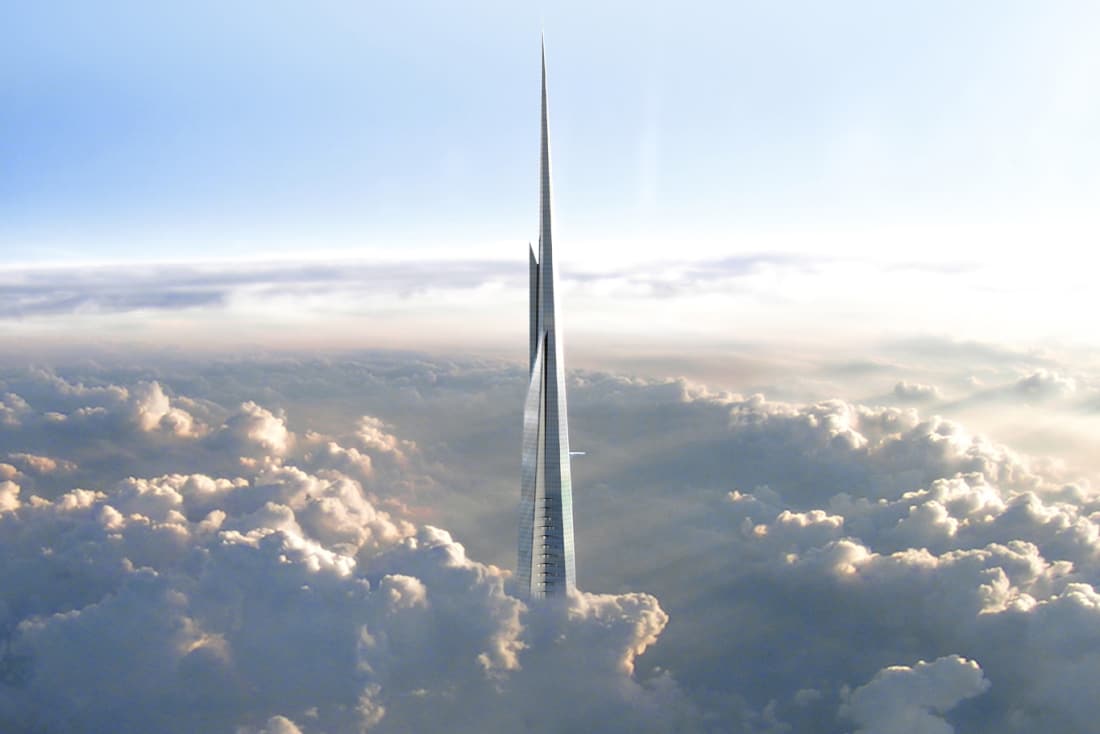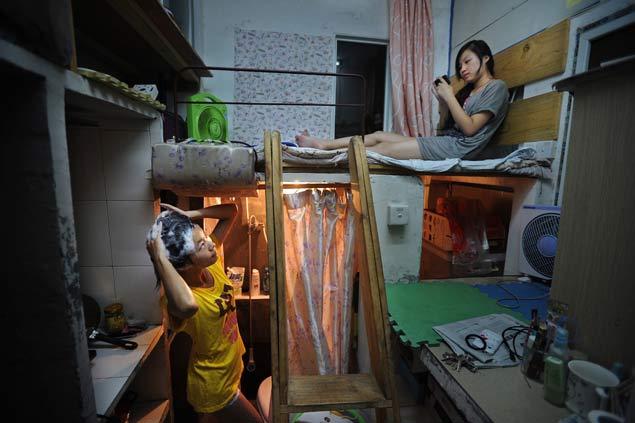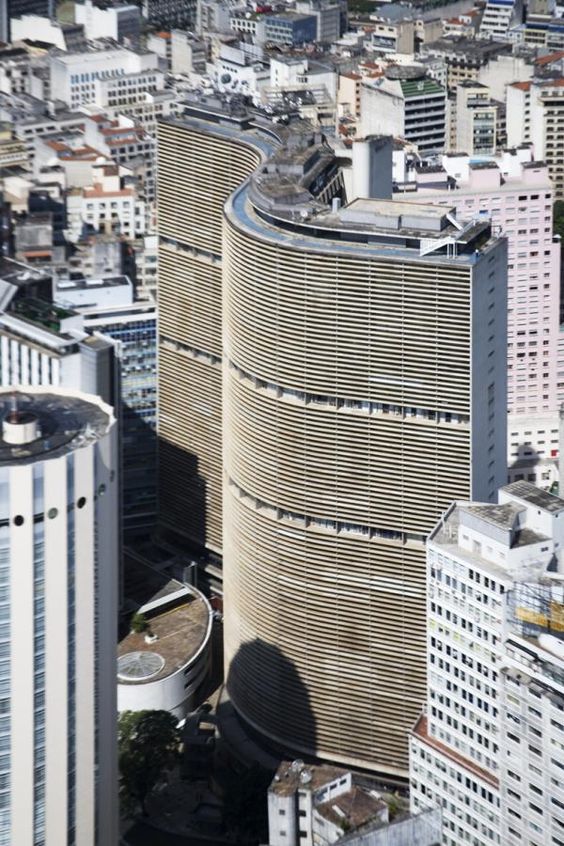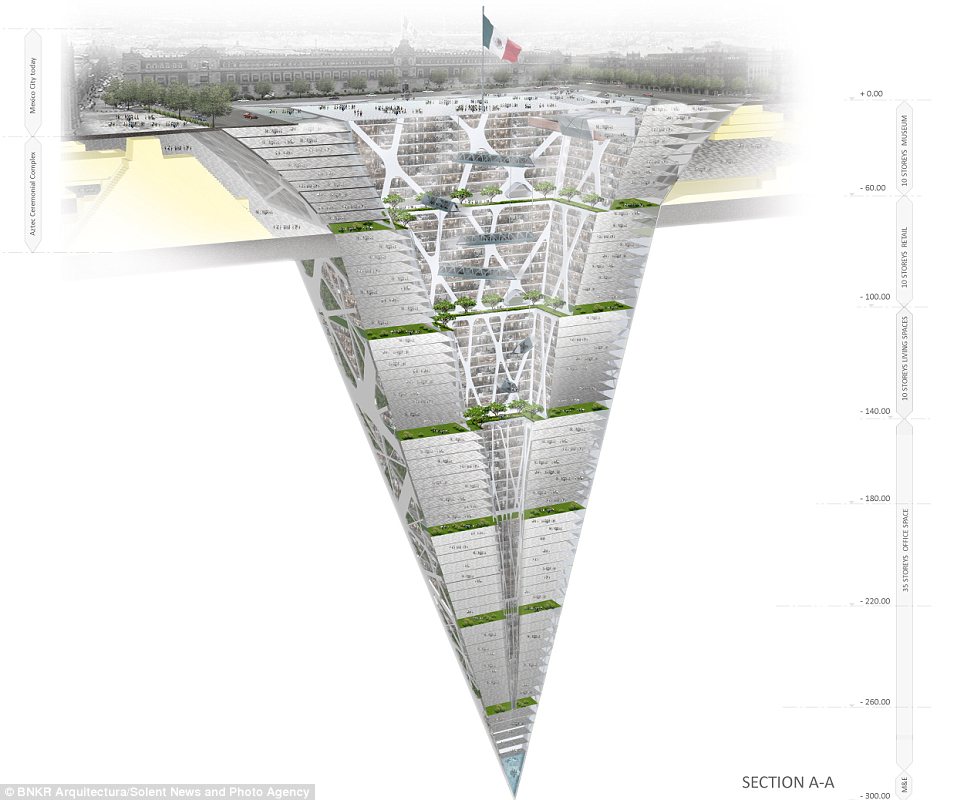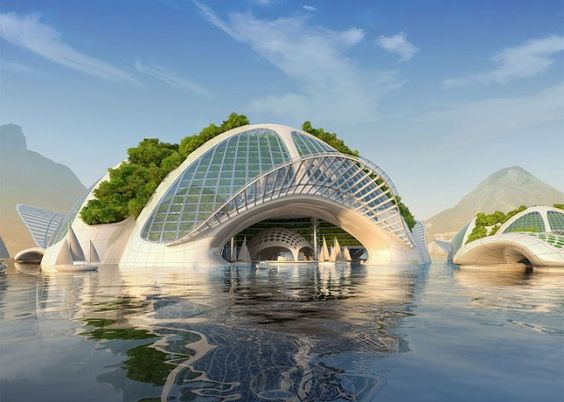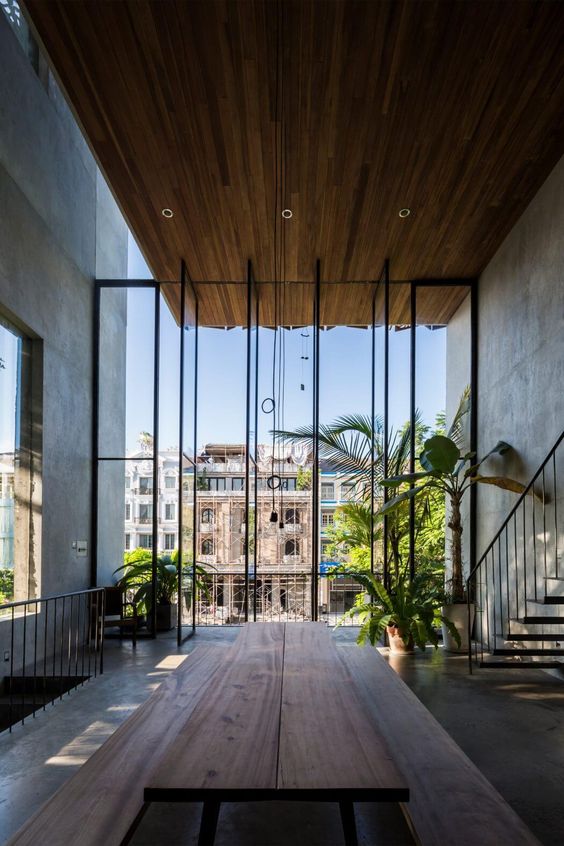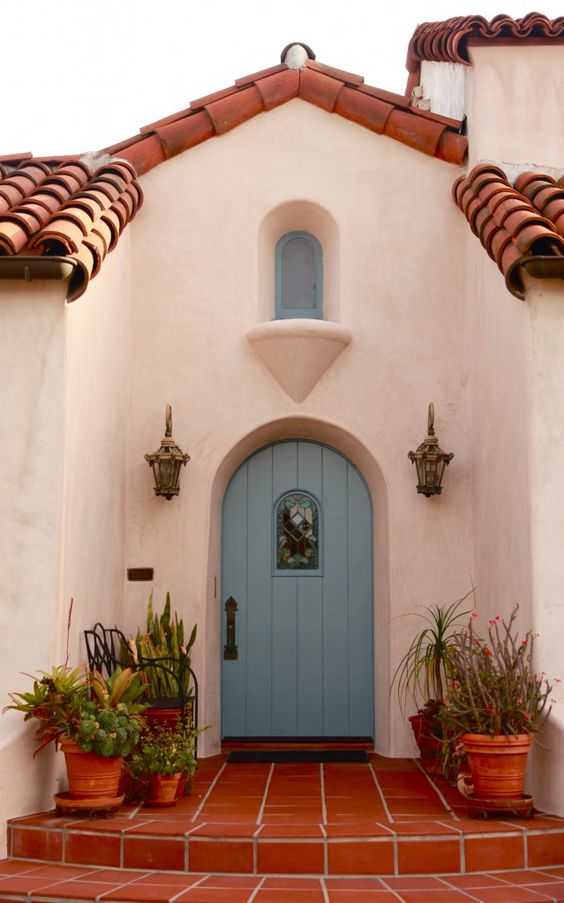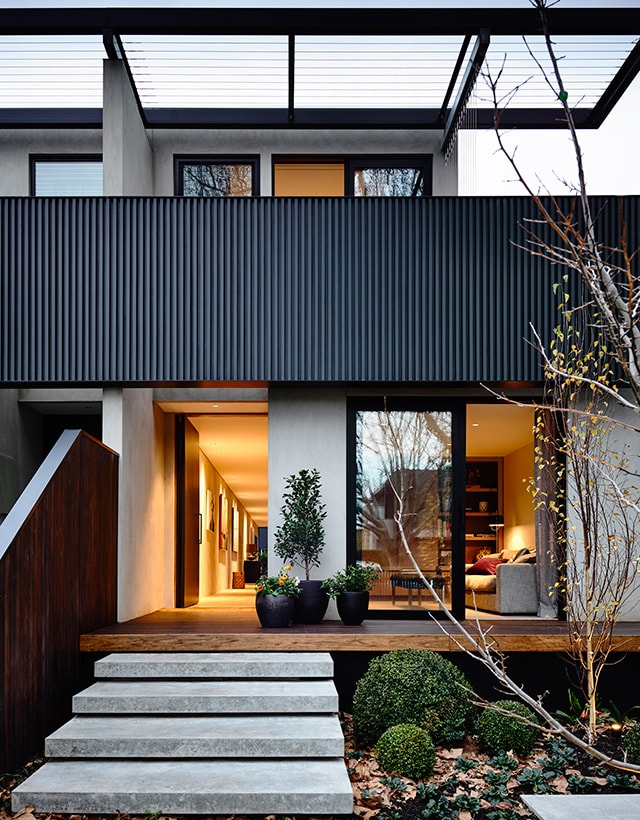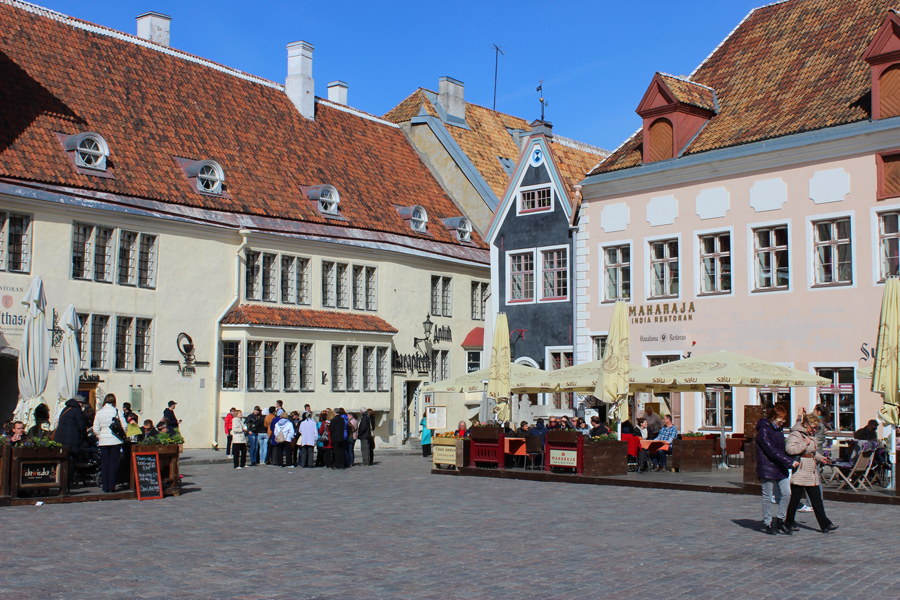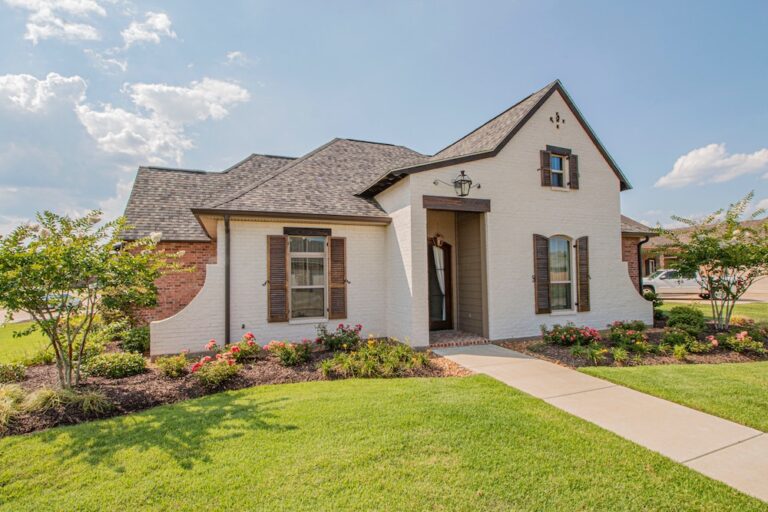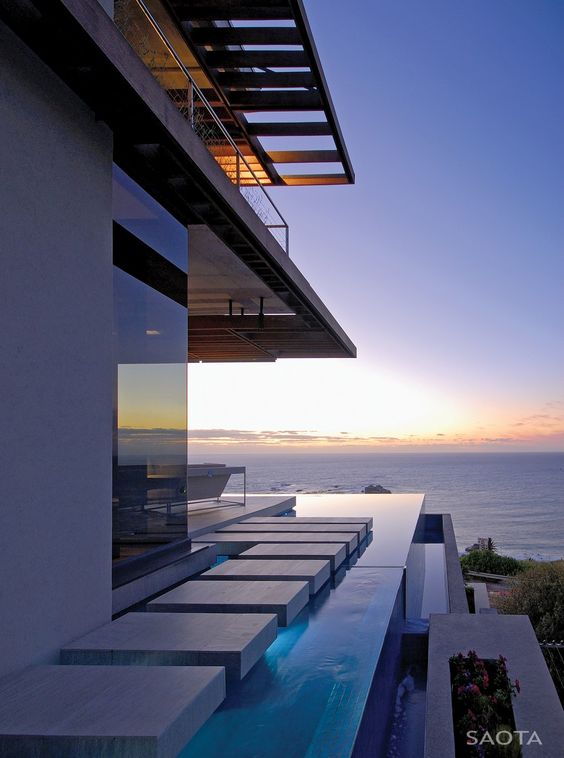10 Incredible Facts About Flats That You Probably Didn’t Know
I have recently stumbled upon this article from Deacon Insurance which talks about very interesting facts about flats. I thought it might be a good idea to share them here with you.
First of all, it is predicted that in 2050 the global population will be 9.8 billion (comparing to 7.6 right now). Most of the people, as it is happening now will continue to live in the cities – this means that we need to get ready to be even closer to our neighbors in the nearest future.
In the UK flats already share a significant proportion of dwellings. According to the government’s estimate there are 2.75m private leasehold flats in England – and this is without Scotland and Wales.
1. The first flats appeared in Roman Empire
If you thought that it was Romans who built the first flats, you were right. From the middle of the first century BC, Roman Empire growth has led to a huge increase in population. As a result, they invented new material for building houses – concrete based on lime and volcanic sand which was used to build a new form of architectural structures. A standardized brick allowed to construct fast and reliably. Their multi-storey buildings usually had stores on the ground floor and two or three floors for apartments above.
2. Forest flats
The architect Stefano Boeri created a revolutionary project in the heart of Milan called Bosco Verticale where trees were planted in hundreds of balconies! More than 20,000 trees and plants were used to adorn the high-rise buildings from top to bottom – the effect was so magical that the project was adopted all over the world. Everyone would agree that trees are good for cities so this idea has not only beautiful aesthetics but health benefits for the citizens as well.
3. Forgotten for 70 years
This is one of those remarkable stories that it is hard to believe. In 1934 a famous actress Marthe de Florian left her Paris apartment for the south of France and never came back. Then the interesting part comes in when the owner of the flat didn’t notice her absence and the flat remained untouched until he finally died in 2010 and the experts came to assess the value of his property. They discovered an apartment which brought them 70 years ago like in a time machine.
4. Shapeshifters
This may sound impossible or a scene for a science fiction movie, but apparently, the first shape-shifting buildings will appear in the nearest future. The first rotating tower is planned for Dubai by 2020. The project will be accomplished by Dynamic Group architects.
5. Recycling, recycling, recycling
One of the biggest recent trends in architecture is preserving familiar buildings from demolition and converting them into flats. That’s a wonderful tendency as it allows to keep the original character of the city and feature landmark buildings. The first residential tower block in the UK, “The Lawn“, was constructed in Harlow, Essex in 1951. It too is now a Grade II listed building. Conversions are taking place across the country and there seems to be no shortage of buyers for urban loft apartments in prime city center locations, so expect the trend to continue.
6. The next stop of the train…. Your apartment block!
Space is the biggest luxury in Chinese cities and planners of the Chongqing decided to use it at its maximum. The railway goes through one of the residential buildings! I just wonder if any of them lives in this building himself.
7. Tallest, Smallest, Largest
Dubai’s famous Burj Khalifa at the moment is the highest skyscraper in the world (72 meters), but soon it is going to change. In 2020 the 1000 meter high Jeddah Tower, with become the tallest building in the world.
While in China where the overpopulation is the biggest problem, in the city of Wuhan they decided to solve it by going tiny. The city has built two-person apartments that are probably the tiniest in the world!
But if we think of the largest building in the world, it is The Copan Building in São Paulo. The 38-story residential building has over 1,160 apartments where over 5,000 people live!
8. Underground and underwater
When we talk about underwater dwellings, usually the science fiction movies of 70s come up to mind. However, architects are seriously considering expanding the city construction down, rather than up. In 2011 a so-called Earthscraper for Mexico City was designed, a 35-storey upside down pyramid. The project is still under development with some serious structural challenges to resolve.
Another futuristic approach is to build cities underwater, considering that 70% of the earth’s surface is covered by the ocean. Aequorea, is a concept of the city that would be built off the coast of Rio de Janeiro.
9. Most expensive
Did you know that London takes the second place after Hong Kong in the world for the highest cost of a city center flat? The costs of living in UK cities vary a lot, with, of course, London being on the top. There you need at least £7000 a month to live a comfortable life. In Oxford, Edinburgh and Brighton it is a bit less – around £5000 a month. The most expensive flat in the UK was valued in October 2018 at £160 million and is located in One Hyde Park, London. SW1
10 Instead of a conclusion… The legacy of feudalism
It is so surprising even in the modern world it is still possible to lose your property and be left with nothing if you break the terms of the lease. This can happen no matter how long you have been paying your mortgage or service charges. It can get harder over the years for the landlord to get you out but still it can happen. This feudal practice is the legacy of the Norman Conquest which gave the rights to grant leases in land and to take income from these.


